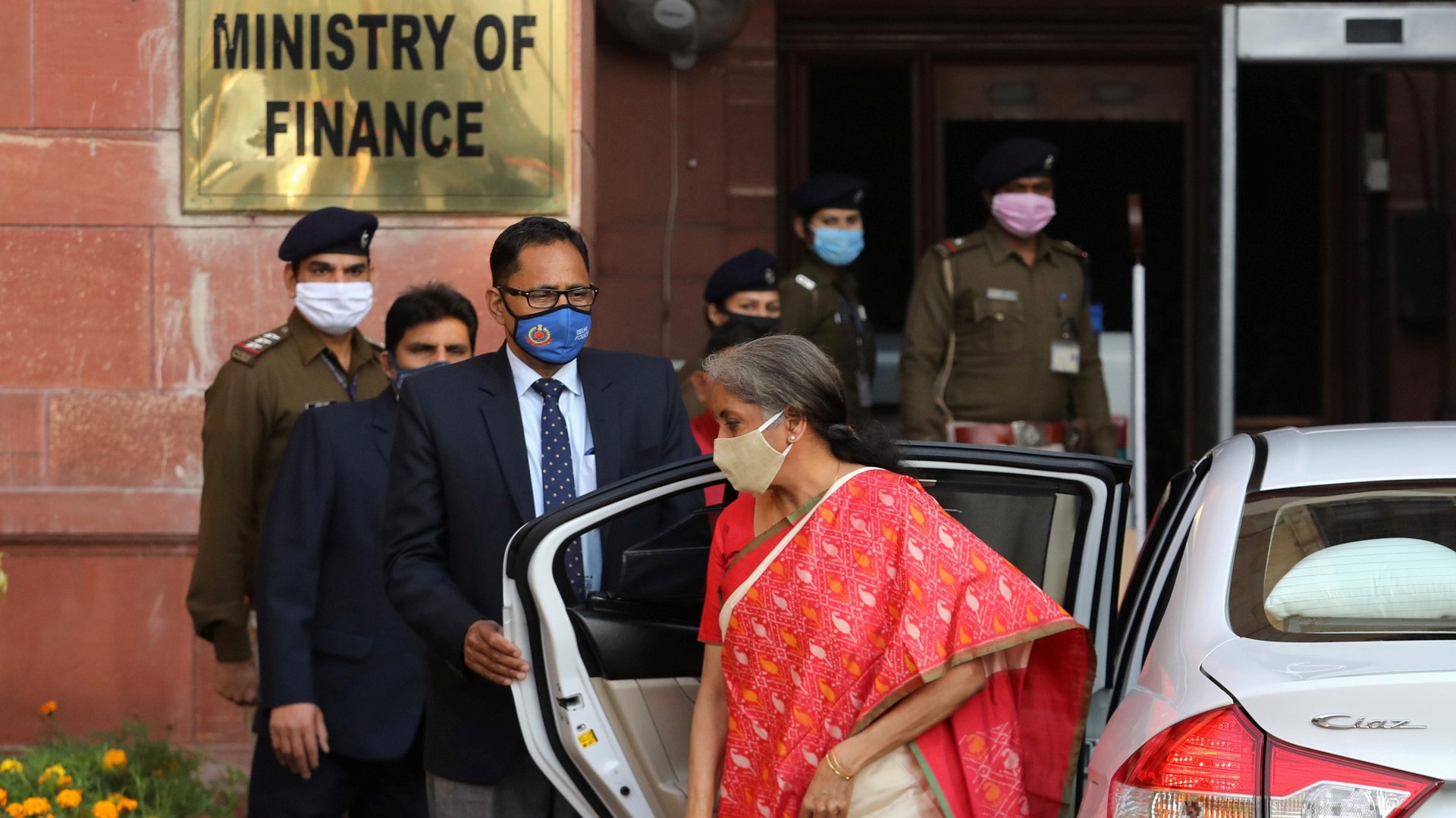India may not meet its divestment target even this year
The Indian government has almost always missed its annual divestment targets. It is unlikely to be any different this year.


The Indian government has almost always missed its annual divestment targets. It is unlikely to be any different this year.
To meet its ambitious target of 1.75 lakh crore rupees ($23.3 billion) for the ongoing financial year, the government has been banking on a stake sale in the country’s largest insurer, the state-run Life Insurance Corporation of India (LIC). Its initial public offer (IPO) is estimated to fetch Rs1 lakh crore ($13.3 billion).
With only two months to go before the financial year ends, that process, however, is far from complete.
Nevertheless, the authorities are striving to make the IPO a success.
So far, the government has made a mere Rs9,329.9 crore from a minority stake sale in the National Mineral Development Corporation (NMDC) and the sale of some government-owned shares of Axis Bank. More than Rs36,155 crore have come as dividends from various public sector enterprises.
“The LIC stake sale is expected to go through in March, garnering close to Rs1 lakh crore. Given the FYTD [financial year-to-date] proceeds of Rs93 billion, there is likely to be a shortfall in disinvestments vis-à-vis budgeted estimate by Rs650 billion,” economists at QuantEco Research said in a report.
Will LIC be listed by March?
On Jan. 27, Tuhin Kanta Pandey, secretary in the department of investment and public asset management (DIPAM) said the government was targeting early March for LIC’s public offer. “A lot of back-stop work is on for LIC’s IPO,” Pandey told CNBC-TV18 news channel. “We are doing our best to ensure retail participation for the IPO works out smoothly…Bidders’ interest is important for strategic sales.”
However, arriving at a fair market value for the insurer has been a task, besides the regulatory amendments required to attract foreign money.
Some analysts have already come to a conclusion that this highly-anticipated stake sale is not coming through in the ongoing fiscal year.
“…given the tight deadline, there is a possibility it (LIC’s IPO) gets pushed back. As such, we expect the divestment target to be higher at Rs1.25 lakh crore [in the next fiscal year],” analysts at Morgan Stanley wrote in a budget note.
What will be the divestment target in Budget 2022?
Several reports have predicted that the union budget for the next fiscal is likely to set a slightly higher disinvestment target than this year’s Rs1.75 lakh crore, depending on whether the LIC’s IPO goes through.
While this year’s target may be missed—the third time in a row—divestment in Bharat Petroleum Corp, BEML, Neelachal Ispat Nigam, Pawan Hans, and Shipping Corporation of India will be now rolled over to the next financial year, ending March 2023.
On the other hand, if LIC is listed by March-end the next year’s target could be lower since no other big-ticket divestment is expected.
Reasons for delay in the strategic sales
Political expediency is one reason the centre may delay divestment. With state assembly elections scheduled in states like Uttar Pradesh, Punjab, and Gujarat, the government will likely play it low.
Another factor is the unfavourable market conditions and the gradual scale back of liquidity in the economy, especially after the US Federal Reserve has indicated faster interest rate hikes and an end to its bond purchases. Notably, the Reserve Bank of India, too, is on its path to taper monetary support.
A successful stake sale of Indian companies that are going for privatisation would require them to show healthy profits. But, a high inflation environment and uneven recovery may be a dampener.